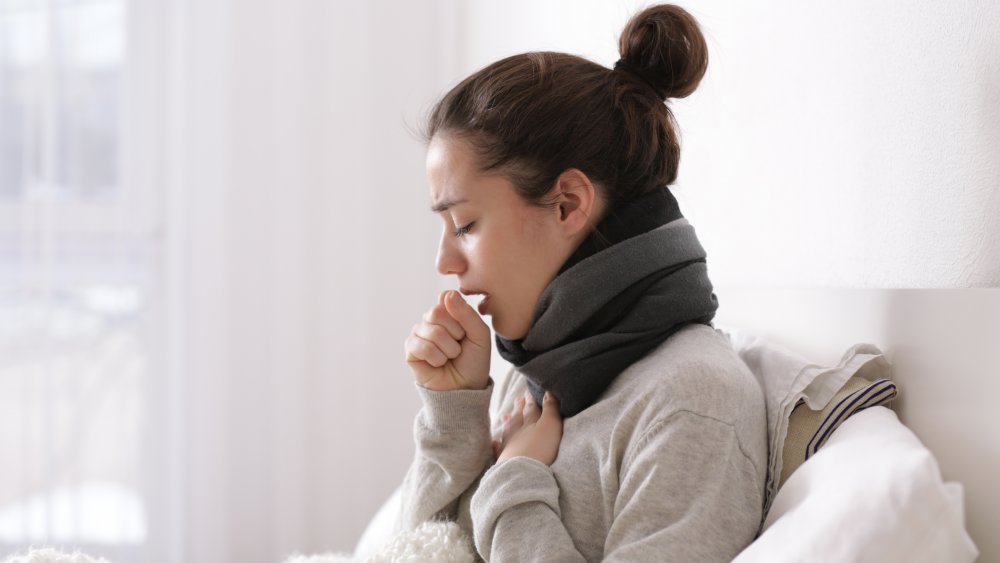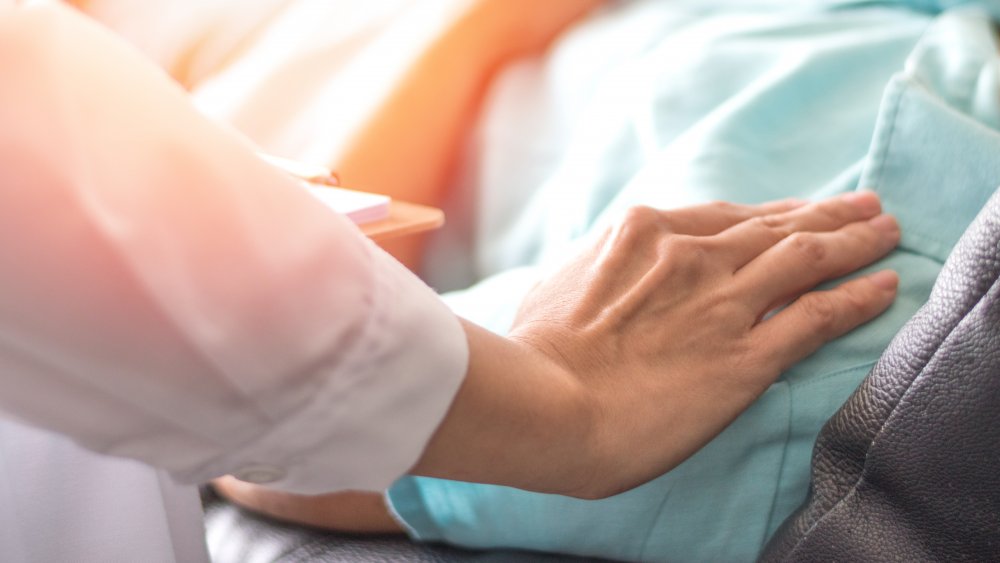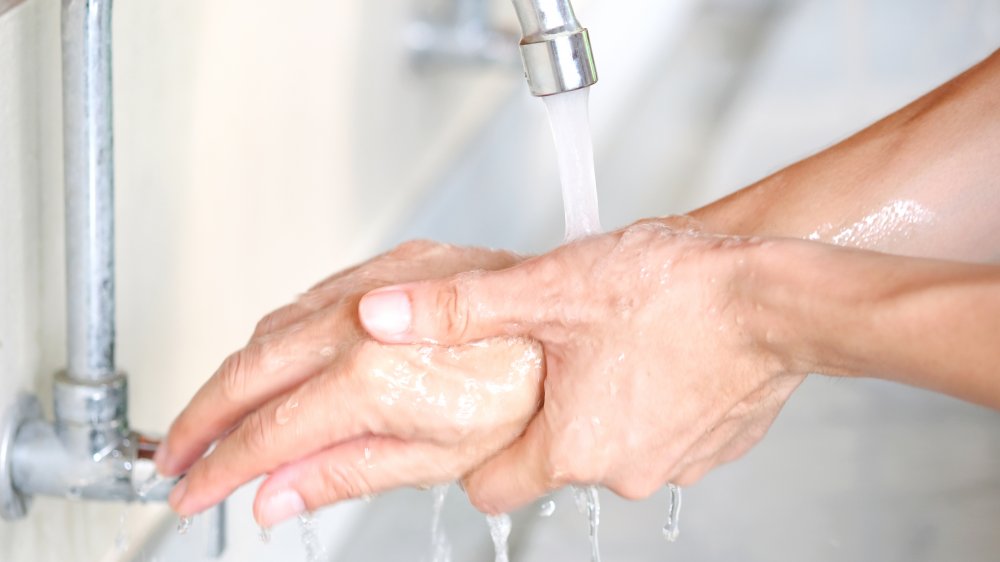How To Be A Safe And Effective Caregiver During A Pandemic
You and your family members did everything by the "preventive disease" book. You've practiced social distancing. Washed your hands like you were supposed to. But despite all your best efforts, someone at home might have come down with something, and given everything that is happening outside, you suspect a member of your family may have picked up the COVID-19 coronavirus.
Not everyone that has COVID-19 will need to be hospitalized. In the state of New York, for instance, The New York Times says (as of March 22) there are currently at least 15,000 cases, with 13 percent who tested positive needing hospital care. The CDC also says most people who are mildly sick with COVID-19 can recover at home, but this means most of the people who have COVID-19 are also exposing those around them (from family to roommates) to a risk of infection.
A COVID-19 patient needs to be isolated if they stay home
Having a sick person at home requires delicate handling, because as Harvard Medical School puts it, the COVID-19 coronavirus is believed to spread from person to person — which can be an issue when people are in close contact with one another. A healthy person can be exposed when they inhale the virus after a cough or a sneeze by an infected person, just as a healthy person can touch a surface contaminated with coronavirus before touching their eyes, nose, or mouth.
This means a patient needs to be isolated, within his or her own bedroom and bathroom — for at least 14 days. "It's a very small shared environment with a high probability the virus is present," Raphael Viscidi, infectious disease expert at Johns Hopkins Medical tells USA Today. Having a closed-off bathroom is also important because the space has many surfaces that both an uninfected and infected person can touch regularly; from faucets and doorknobs to countertops and sinks.
But isolation doesn't mean being cut off from everyone. Technology makes it easy for us to FaceTime or video call a friend or loved one who is isolated so he or she doesn't feel alone.
Protect yourself from infection
If you are caring for a person ill with COVID-19, it is important to keep the sick person as far away from everyone as possible. Discourage visitors, and if possible, the CDC says the sick person should have a face mask when he is around you and other people at home. You, the caregiver, should also wear a face mask when you are around the patient. And because the virus is believed to be infectious for hours even when it is in the air, medical experts say it is important to make sure there is good airflow around the house, and to keep living spaces well ventilated.
USA Today says coronavirus patients don't need specific diets, but they will likely want soup or crackers. When delivering food to a sick person, you can leave a tray by the door, or they might want to come to the kitchen to find something to eat. You can leave a tray on the kitchen top, then disinfect surfaces after your patient has eaten. Harvard Medical School advises against sharing cutlery and dinnerware, and to wash everything thoroughly after a sick person has eaten.
If you need to handle any laundry items that belong to the sick person, use disposable gloves to protect yourself, wash everything that comes in contact with the patient at high temperatures, and dry thoroughly. Make sure you don't shake out bedding or other clothing before you add it to your washer. Once you've handled everything, dispose of gloves and masks properly and then thoroughly wash your hands.


